Iceland is a small island country in the North Atlantic and Arctic Oceans. With a population of 376,248, Iceland is Europe’s most sparsely populated country. Its unique and rugged landscape drew 1.7 million tourists to the country in 2022, according to the Icelandic Tourist Board. Iceland’s unique combination of glaciers, volcanoes, fjords, and natural hot springs creates a dramatic and diverse landscape. One of the most notable features of Iceland’s landscape is frequent volcanic eruptions. Iceland is home to around 130 volcanoes, 32 of which are active. This article explores six active volcanoes in Iceland that have recently erupted or are likely to erupt in the future.
Before we begin, let’s explore the three categories of volcanoes, according to how active they are. An active volcano is one that is currently erupting or could erupt in the future. A dormant volcano is an active volcano that has not erupted in a long time but is likely to erupt again. Finally, an extinct volcano is one that is not expected to erupt again.
1. Fagradalsfjall
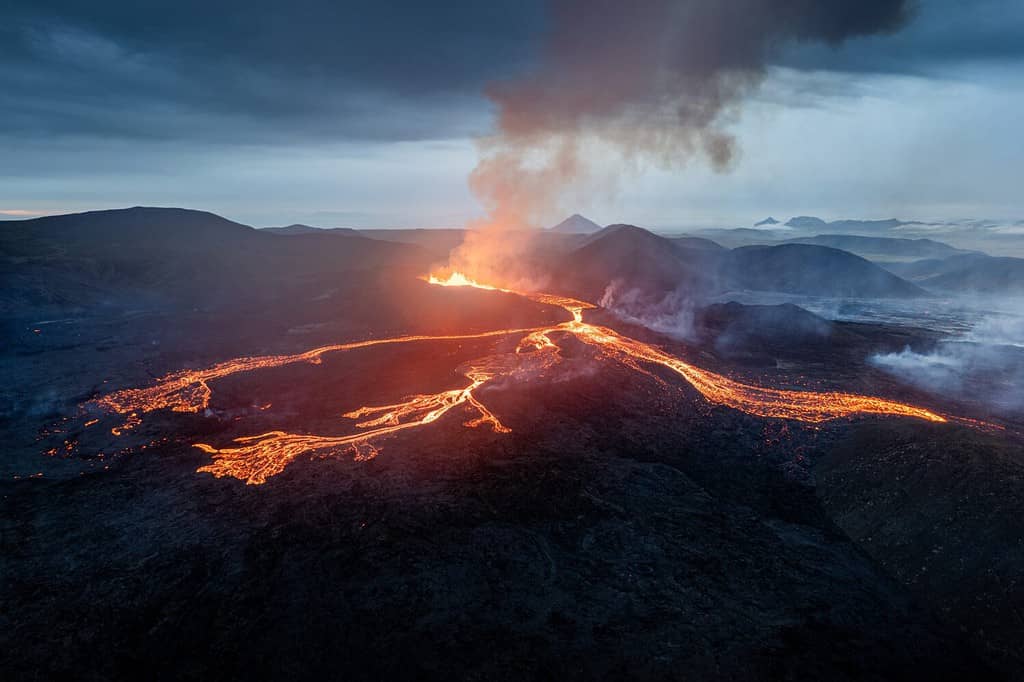
With eruptions in 2021, 2022, and 2023, Fagradalsfjall is the most recently active volcano in Iceland.
©Wirestock Creators/Shutterstock.com
Fagradalsfjall is an active tuya volcano on the Reykjanes Peninsula in southwestern Iceland. A tuya volcano is a rare type of volcano that has a flat top and steep sides. They are formed by lava erupting through thick ice, such as a glacier or ice sheet. Fagradalsfjall has drawn attention recently as it erupted in 2021, 2022, and 2023. Its last eruption was on July 10, 2023. During these eruptions, lava spewed and flowed from Fagradalsfjall. Thankfully, the eruptions were not explosive and dangerous. However, the lava flow did lead to wildfires. Fagradalsfjall was dormant for around 800 years before these recent eruptions, providing a vivid example of how an active volcano can erupt at any time.
2. Grímsvötn
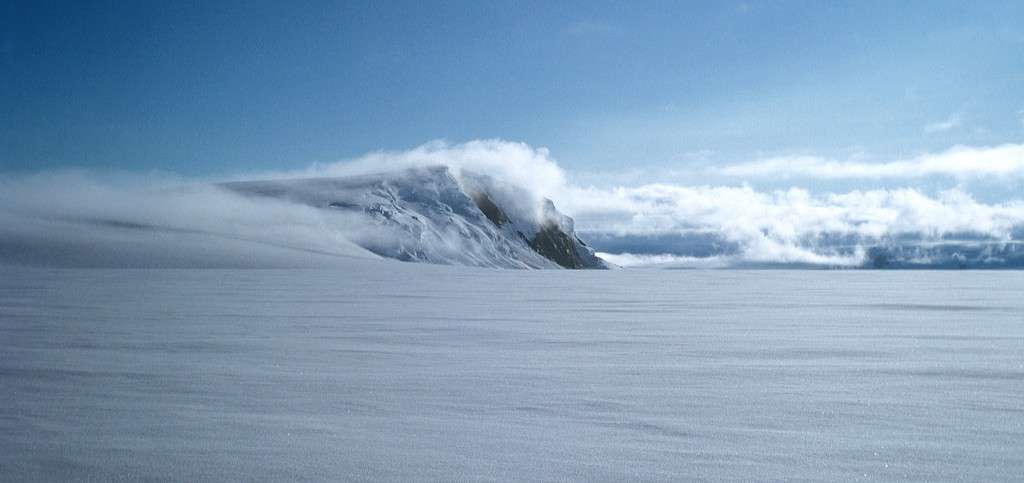
Located under Vatnajökull, the largest ice cap in Iceland, Grímsvötn is frequently active.
Grímsvötn is a caldera volcano in Vatnajökull National Park of central Iceland. Caldera volcanoes have large crater-like depressions that form after a magma chamber empties. Grímsvötn last erupted on May 21, 2011, creating a massive ash cloud that disrupted air travel in Iceland. The eruption ended four days later, on May 25. Recently, in 2020 and 2021, meteorologists found signs of increased volcanic activity from Grímsvötn and warned that it may erupt again soon.
3. Katla
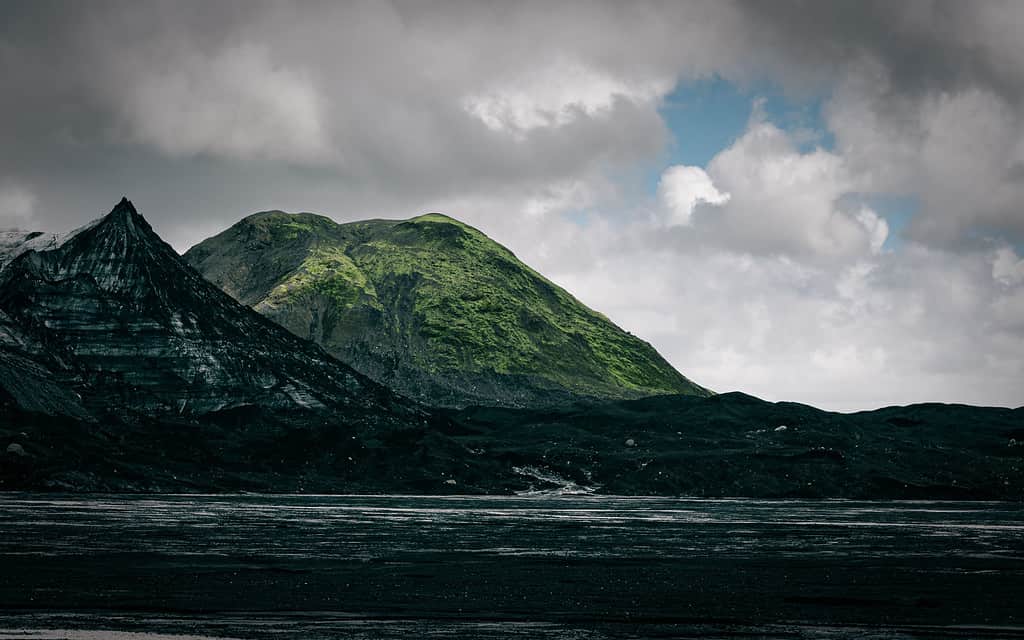
Although Katla has not erupted since 1918, it is one of the most feared volcanoes in Iceland.
©Wirestock/iStock via Getty Images
Katla is a caldera volcano that is partially covered by the Mýrdalsjökull ice cap in southern Iceland. It is one of Iceland’s most active volcanoes, with around 20 eruptions since 2920 BC. In 2016 and 2017, Katla had increased seismic activity, leading to fears that it may erupt. However, the tremors did not cause any volcanic activity. This happened again in February 2022, but Katla remains dormant.
4. Bárðarbunga
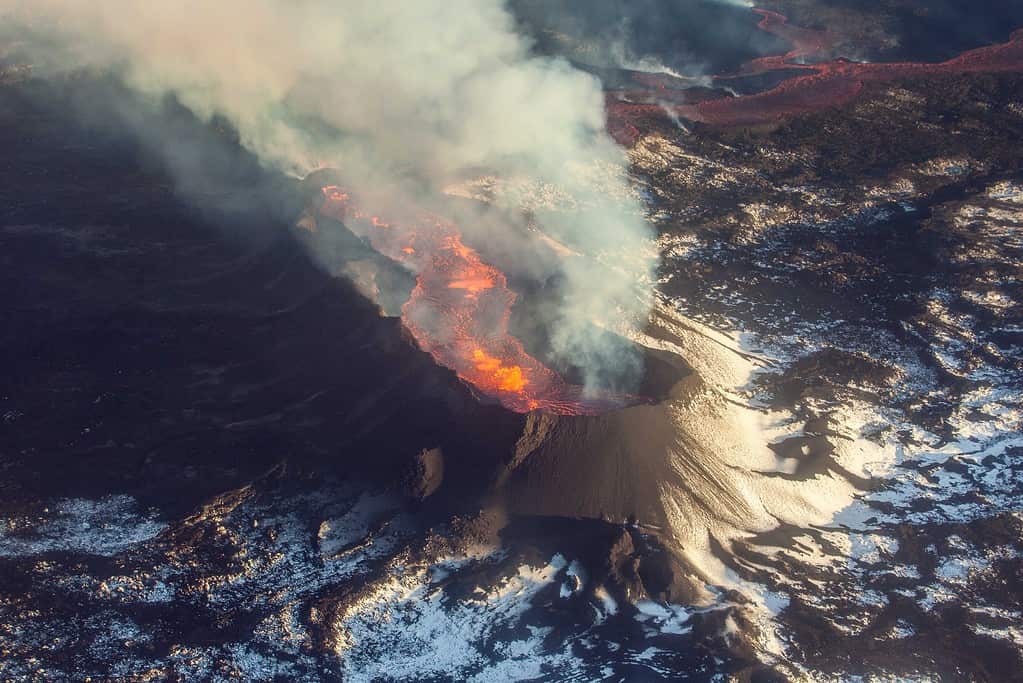
At 6,515 feet above sea level, Bárðarbunga is the second-highest volcano in Iceland.
©AdamMajor/iStock via Getty Images
Bárðarbunga is a stratovolcano in Vatnajökull National Park of central Iceland. Stratovolcanoes have a conical shape and are made of many layers of lava and tephra. Bárðarbunga is located near Grímsvötn, and their seismic and volcanic activity sometimes impact each other. In 2014, Bárðarbunga erupted for the first time since 1910, emitting large amounts of sulfur dioxide that decreased Iceland’s air quality.
5. Hekla
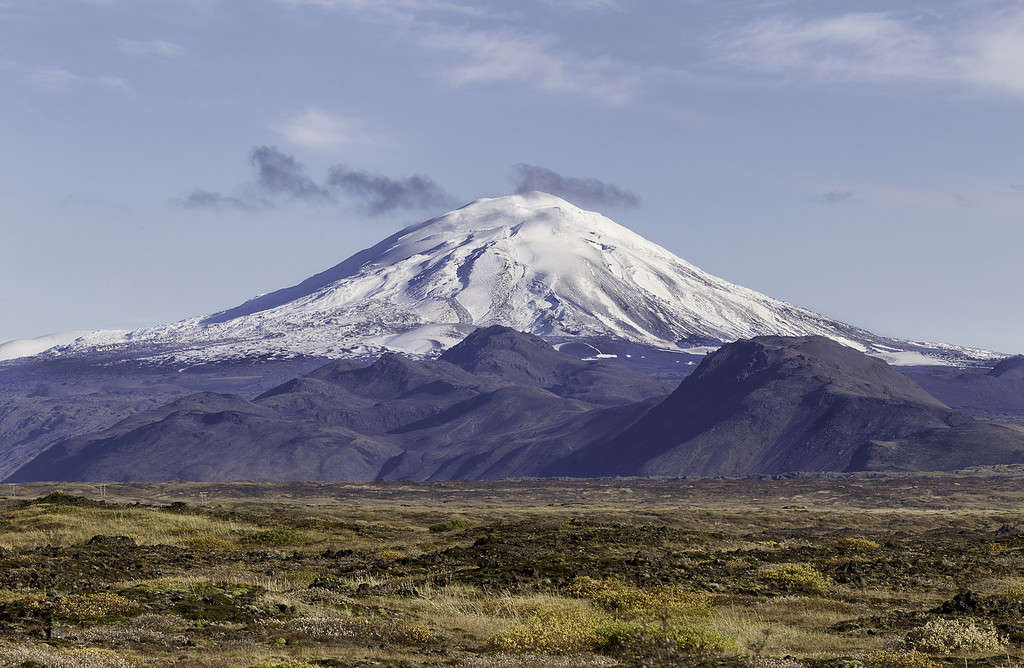
With over 20 eruptions since 1210, Hekla is one of the most active volcanoes in Iceland.
©sumos/iStock via Getty Images
Hekla is a stratovolcano in southern Iceland. Its last eruption was in February and March of 2000. During this eruption, Hekla produced a pyroclastic flow, one of the most dangerous kinds of volcanic activity. A pyroclastic flow is when a current of volcanic matter and hot gas flows along the ground from a volcano. They are extremely fast, capable of reaching speeds up to 450 mph. Thankfully, the pyroclastic flow from Hekla’s eruption was only around three miles long.
6. Eyjafjallajökull
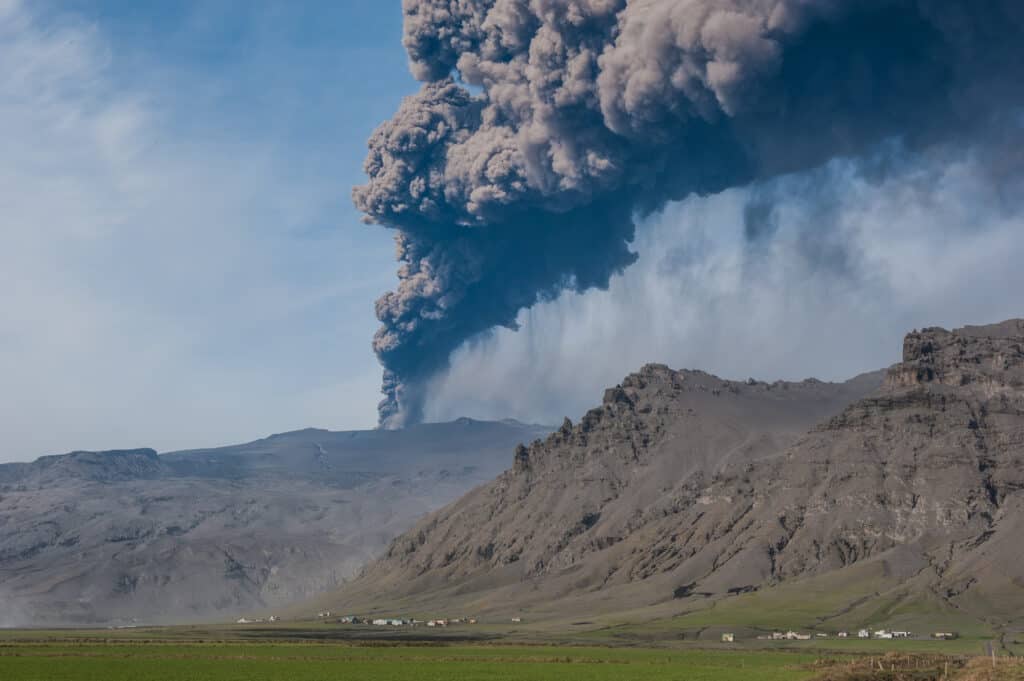
The name Eyjafjallajökull means “island mountain under a glacier”.
©Petra Schneider/Shutterstock.com
Eyjafjallajökull is a stratovolcano in southern Iceland that is entirely covered by an ice cap. It is just 15 miles from Katla, and their activity can impact one another. Eyjafjallajökull last erupted in 2010, creating a massive cloud of ash that disrupted air traffic in Europe for six days. After the eruption ended, multiple earthquakes were recorded at Eyjafjallajökull, leading to concerns that it may erupt again. However, it has remained dormant since 2010.
Summary of 6 Active Volcanoes in Iceland
Here is a recap of six active volcanoes in Iceland that have erupted recently or are likely to erupt. Volcanic explosivity index (VEI) is a measure of how intense volcanic eruptions are on a scale of zero to seven.
| Rank | Volcano | Height | Last Eruption | VEI |
|---|---|---|---|---|
| 1 | Fagradalsfjall | 1,263 ft. | 2023 | 0 |
| 2 | Grímsvötn | 5,659 ft. | 2011 | 4 |
| 3 | Katla | 4,961 ft. | 1918 | X |
| 4 | Bárðarbunga | 6,515 ft. | 2015 | X |
| 5 | Hekla | 4,892 ft. | 2000 | 3 |
| 6 | Eyjafjallajökull | 5,466 ft. | 2010 | 4 |
The photo featured at the top of this post is © Creative Travel Projects/Shutterstock.com
Thank you for reading! Have some feedback for us? Contact the AZ Animals editorial team.







